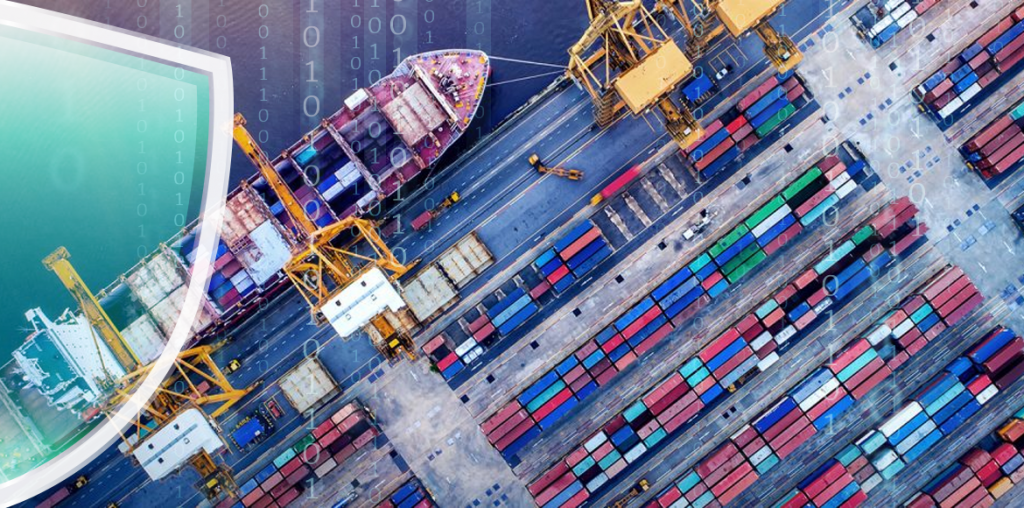How your company data can help protect your cargo

Every day, container ships stacked with goods sail across the world’s seas. The risk of containers toppling overboard isn’t new, but cargo ships have seen the largest spike in lost containers for seven years this year. In 2021 alone, more than 1000 containers have dropped from their container vessel and into the sea. In 2020, more than 3000 containers didn’t make it to their destination due to falling overboard.
The sharp rise in lost cargo means millions of pounds’ worth of goods are now lost to the bottom of the sea. That means losses for container operators, inconvenience for consumers and damage to shipping company reputations. We know that container crews do everything in their power to prevent lost containers, but what’s causing the high numbers of accidents across the industry?
Why are so many containers falling overboard?
The risks container ships experience are complex, and the rise in lost containers is down to a combination of factors facing vessels. Climate change has led to unpredictable weather patterns becoming far more frequent than in previous years. Unforeseen weather conditions leave vessels at risk as they attempt to navigate storms and other adverse conditions.
Ships themselves have become larger than ever before and are carrying higher stacks of containers. This presents its own set of challenges when it comes to securing cargo safely and preventing containers from toppling overboard. Add to that a growing demand for the rapid shipping of goods as the ecommerce market surges, and a picture of the pressures facing container ships and crew starts to form. Consumers are buying more and more items from foreign shores, and expectations of delivery times are high. That means container ships are feeling the pressure to deliver their cargo as quickly as possible, no matter what.
Many of the incidents that lead to lost cargo take place in the Pacific Ocean. This region is well-known for its high rates of traffic and adverse weather conditions. Together, these factors create a journey with a higher risk to the vessel and its crew, and so it’s unsurprising that we’re seeing higher numbers of goods falling overboard than we did before.
How can HiLo help protect your cargo?
HiLo use predictive modelling to analyse company data for leading incidents. By spotting the leading incidents that can result in incidents at sea, HiLo helps company decision makers act before it’s too late. HiLo analyses data from every data set, enabling the team to flag risks that could otherwise easily be missed. Without HiLo, a company would need to manually check every data set to try and spot risks. Even then, they wouldn’t have access to the wider statistical data set that enables HiLo to calculate the risk for a potential incident.
By analysing data from internal and external sources, HiLo can flag risks like these before they pose a problem. Our clear, regular analysis empowers company decision makers to see that the relevant processes are followed, and incidents are eliminated before they take place.
Contact us today
Sharing your ships’ data with HiLo can prevent loss of cargo, harm to your crew and damage to the environment. Reducing lost containers also helps to avoid damage to your company reputation and financial losses. Can you afford not to use HiLo?